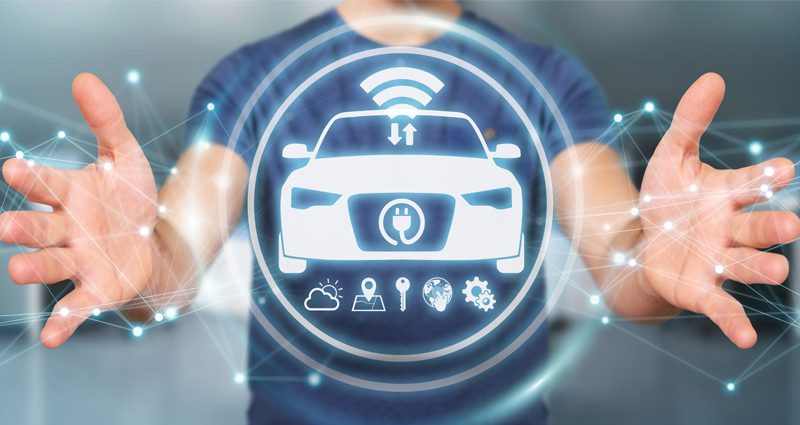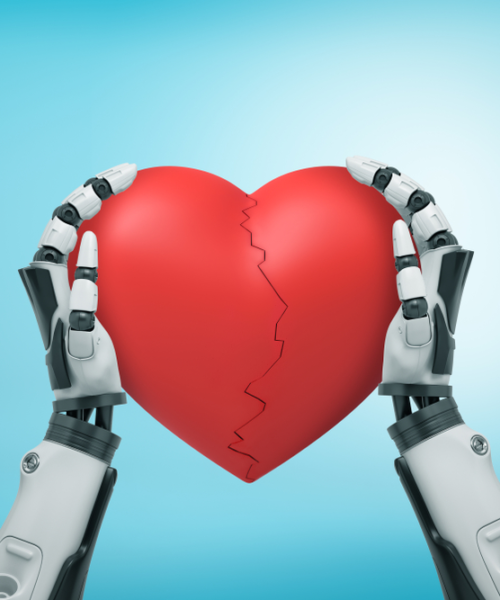REBEKAH CARTER | XRToday.Com
Troy Warren for CNT #NFT
Opportunities for XR in the Automotive Industry
For decades, automotive companies have been experimenting with technology and tools designed to make the development of next-level vehicles as efficient as possible. Now, we’re beginning to discover Extended Reality may be the innovation we’ve been searching for.
Capable of transforming everything from vehicle maintenance, to manufacturing and assembly training, XR in the automotive industry could change the way we build and use vehicles forever. In fact, before the pandemic, the market value for VR in the automotive industry was only $759.3 million. Now, the industry is set to reach a value of $14.7 billion by 2027.
This incredible CAGR of 45.1% is an excellent insight into how powerful immersive technology could be in paving the way for a new generation of vehicles.
Here are just some of the most significant use cases for XR in the automotive industry.
Next-Level Training Opportunities
Training and education represent excellent opportunities for XR in virtually every industry. In a post-pandemic world, virtual reality and mixed reality offer employees and users an opportunity to learn wherever they are. With XR, pilots and drivers can learn how to use the more complex tools and technology in new vehicles. Companies like Boeing are already using VR to help train pilots.
XR innovations can help to empower new drivers, allowing future learners to experiment with the features of a vehicle and learn skills before they’re ever placed on the road. This could reduce the risk of accidents caused by learner drivers in the future.
XR can even empower employees in the automotive industry with better training. Team members can discover how to use various sales techniques and present vehicles to their potential customers in a safe environment. This can improve the profitability of countless car brands.
Improved Vehicle Maintenance
It’s easy to overlook just how complex vehicles really are. However, these products are growing increasingly more advanced, with new and improved features emerging all the time. Often, it requires a significant level of skill to maintain the functionality of any vehicle.
Fortunately, mechanics working with new and improved cars, vans, and other transportation tools, can access a higher level of support in the future of vehicle maintenance. With extended reality, it’s possible for professionals to leverage everything from Mixed Reality guidance from a vehicle specialist to virtual reality training.
Already, companies like Porsche are using AR glasses to access a 40% reduction in service resolution times. With these glasses, technicians can see the schematics of a vehicle overlaid on top of the car’s physical parts, for a better understanding of how everything works.
Virtual Prototyping
Probably the most exciting use case for extended reality in the automotive industry, prototyping in immersive technology allows companies to save significant time and money on development. Traditionally, designing and creating prototypes in a physical environment required the use of expensive materials, resources, and tools.
In a virtual world, employees can work with digital twins to create prototypes using digital technology, without negatively effecting the planet, or spending a fortune. Companies like Ford have developed virtual laboratories where their designers and engineers can collaborate on car designs regardless of where they are in the world.
VR solutions ensure companies can iterate and discover new ideas more rapidly in today’s fast-moving landscape. If something needs to change on a virtual prototype, all employees need to do is interact with the content in their VR landscape. There’s no need to start building a design from scratch all over again.
Immersive Showrooms and Customer Experience
Extended Reality also has the potential to change the customer experience for the better in the automotive industry. Dealerships and leading car companies can provide their customers with an opportunity to look around the inside of a car using an AR app, or step into a vehicle with a VR headset, all without having the vehicle present.
Virtual car simulations can give customers the experience of driving a real car in a virtual landscape, providing insights into everything from gears, to navigation, and built-in screens.
It’s not just an opportunity to “try before you buy” that makes extended reality so compelling for automotive customer experience either. The environment could also make it easier for professionals to guide customers through how certain features in a vehicle might work from a distance. A consumer could even get virtual help fixing a common car problem at home.
Augmented Windshields
Most of the more appealing use cases for technology in the automotive environment centre around making experiences more convenient and safer for both drivers and pedestrians. In the augmented and mixed reality space, this can be achieved by providing drivers with more of the information they need in the right environment when driving.
An AR technology system built into a windshield or projected holographically on the dashboard in front of a driver can ensure they don’t need to take their eyes off the road when they need to check information about their speed or get directions.
Imagine being able to use your windshield like a giant pair of augmented reality glasses, capable of showing you directions in real-time, or helping you to measure the distance between your car and the vehicle in front. This could create a safer and more intuitive experience not just for everyday drivers, but also for those in the military landscape who need constant access to valuable metrics.
Better Team Collaboration
Increasingly, to create the latest, most innovative vehicles, from autonomous cars to intelligent planes with AR windshields, companies are bringing specialists together from various environments. Today’s specialists may need to work hand-in-hand with creators from all over the globe. In this space, it’s important for teams to be able to collaborate effectively.
Extended reality allows teams to operate in the same “virtual space”, even if they’re not sharing a physical space. Employees can work on digital twins of products in a shared VR environment, or see a holographic representation of a car using MR.
Because XR also gives employees more freedom to work with different materials and experiment with scale, there’s also more freedom for creativity in an immersive landscape. The XR space could help to pave the way for some of the most amazing vehicles we’ve ever seen.


































